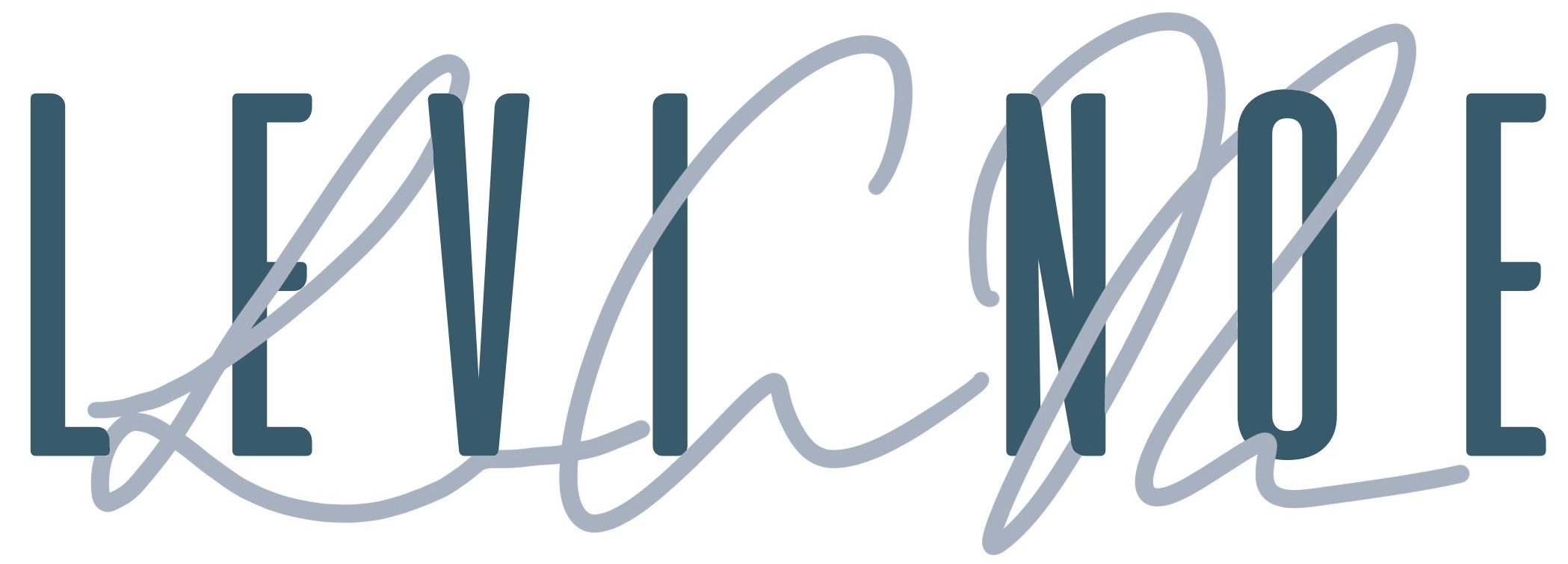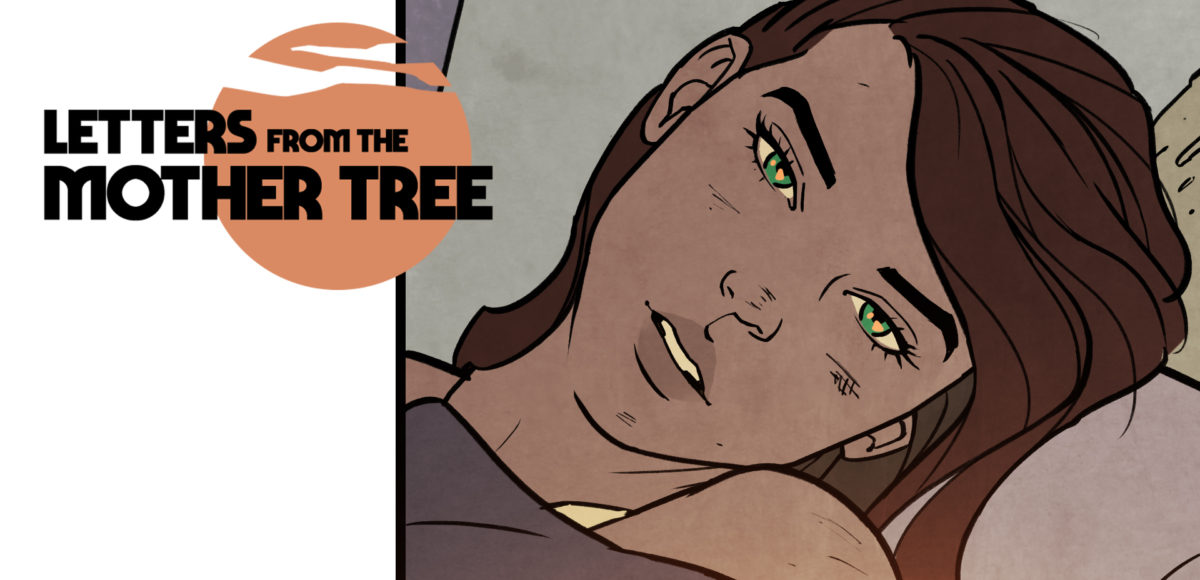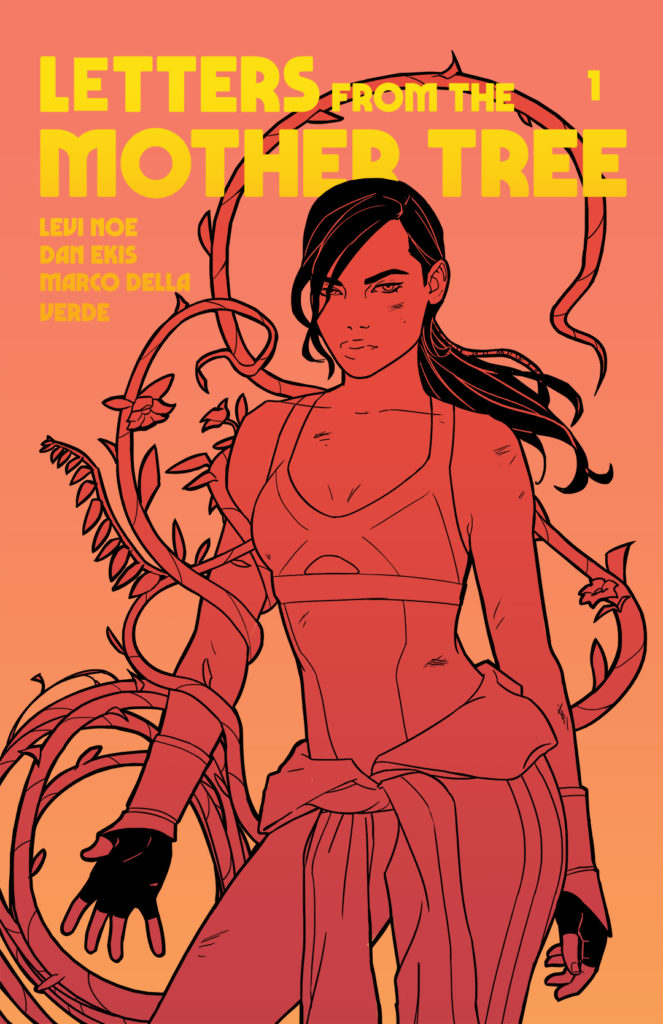
In response to a number of questions I’ve received about comics and comic publishing, I thought it might help to break down an example of the indie comic publishing process. This is by no means definitive, as comics publication practices vary wildly from publisher to publisher and comic to comic.
*Quick, side note. Comics and graphic novels are essentially the same thing. Though there is actually a heated debate in the comics world over the term graphic novel, for our purposes we will use comics and if it helps you can think graphic novel in your head (just don’t say it out loud at a comic convention or the nerds will swarm you like a nest of angry hornets). Though in reality there are many adamant comics writers who think the term graphic novel is offensive and more a marketing term that denigrates the art and legitimacy of comics. (More on that in future blogs)
Comics work a bit like TV series. Think of a comic issue like an episode of a show. In order to get a comic published you need to produce the first issue, in much the same way that creators would produce an initial pilot for a TV show. Publishers want to know that you understand the medium, can tell a good story and can follow through.
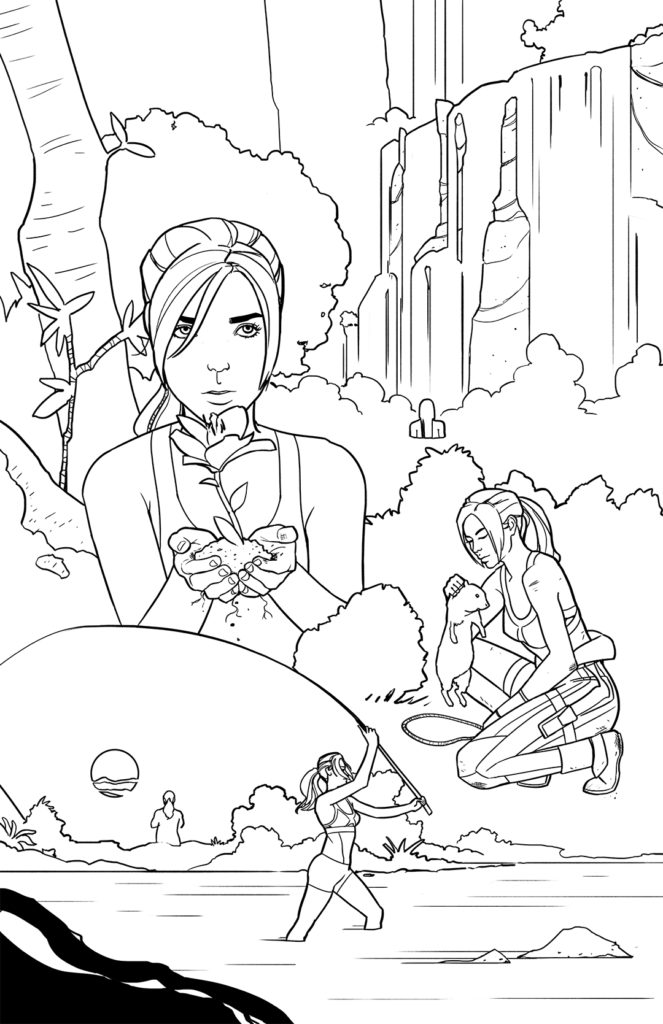
Some publishers will accept just the first 5 pages (click here to see ours) and a pitch, but it is much more likely to get published if you produce a full issue. This is why we opted for a Kickstarter to fund production for a full issue.
Once a complete issue (22-24 pages, generally) is complete, you can then pitch this to comics publishers. We’ll just skip the whole hundreds upon hundreds of rejections before an acceptance and just imagine that a comic, after a crowdfunded first issue, gets published.
Upon acceptance for publication, the publisher will agree to a limited run, let’s say we got lucky and it’s 6 issues. Those 6 issues would go out one by one on a set schedule (let’s say a year or two) after being written, illustrated, penciled, inked, colored and lettered.
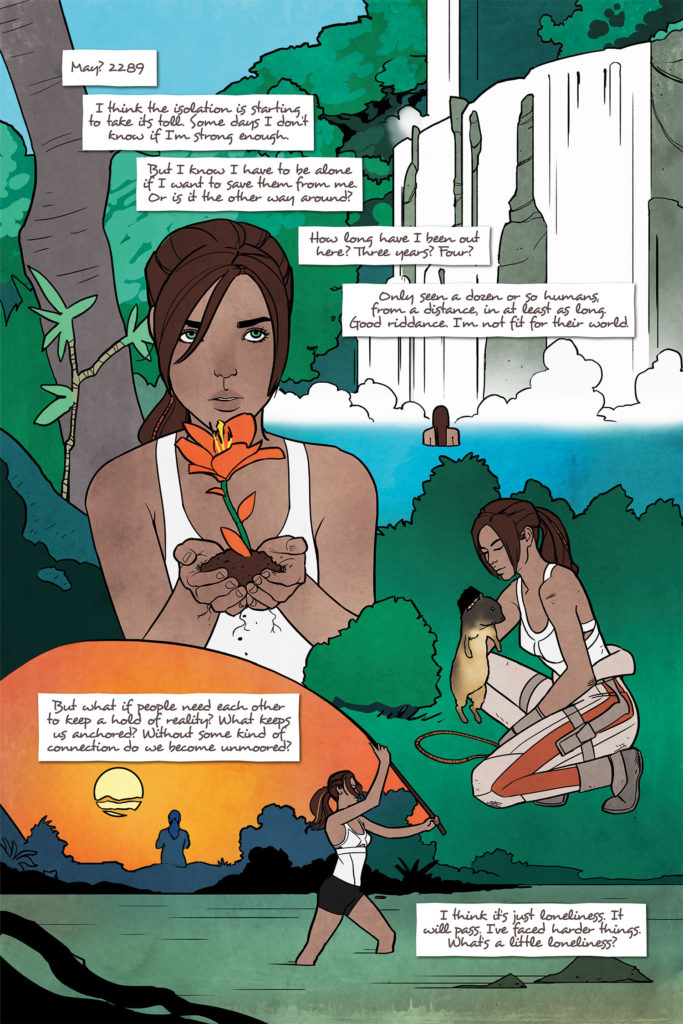
Now, whether more issues will continue to be created and published depends on how well the comic sells. Just like a TV show, if there isn’t enough of a following and enough sales to justify production, a comic can get cut off after the first run (think of it like the first season).
If the comic is popular, a publisher may agree to a contract of another 5 or 6 or 10 or more issues. And the process continues, being reviewed after each contract. A successful comic can go on to produce dozens of issues and lead to spin-offs or new series for the writer or comics team.
The ultimate dream of Letters from the Mother Tree is to see it have a full run of 18 issues or more, published by a great indie publisher. From the date of this blog (August 7th, 2019) we have 9 more days to reach our goal. We’re at 75%!
Hopefully this helps you understand why we went the route we went and how the funding will help us see our dreams come true.
Thanks for reading and please feel free to ask questions and share any indie comic publishing experience you have had.
